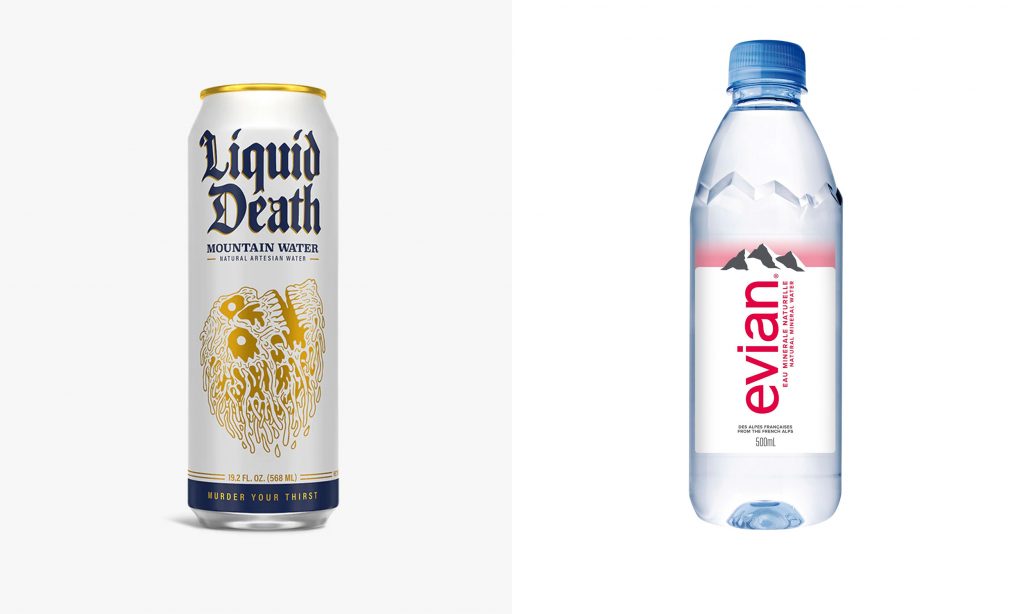
A brand is not your logo, your product, your packaging, or the retweet you once got from Shaq. A brand is more than the dollars you put behind billboards, paid social, or limited merch drops.
Put simply: Branding is how people feel about your product.
Harvard Professor Gerald Zaltman stated, “95% of our purchasing decisions are made in the subconscious mind”, leaving a measly 5% left over to do its best to discern a shelf full of nearly identical products. For an organ that named itself, the brain’s decision powers could use some finessing.
Many factors influence how people feel about your product: logo, packaging, and product attributes, to start… but it’s when things get less tangible that the subconscious begins to take over.
Memories, associations, history, colors, voice, values. Open the door to the hippocampus, and suddenly you’ve got consumers going for the lasagna noodles that remind them of their grandmother’s living room. Don’t sit on the couch!
For me, it’s microwave popcorn. One whiff of hot butter and I’m back in 1998, watching Krippendorf’s Tribe alone in theaters.
How do you propel your brand to a place where the senses get involved? That brings us to brand positioning.
Brand positioning is figuring out where your brand fits in the market so it differentiates from the competition and resonates with the target consumer.
The difference between Liquid Death and Evian is brand positioning. The products are virtually the same but have unique brand positioning and personalities. Each fills a different consumer need outside of simple hydration. Where Evian urges you to imagine drinking its natural spring water near the French Alps, Liquid Death commands you to “Murder your thirst” with a tone as edgy and irreverent as you can get from a $700 million company.

Your brand position should be based on the overlap between consumer needs and what your brand does best, but it should not overlap with what your competitors do best. Why create another brand doing the same thing as the others? As we say in branding: differentiate or die.
There are already dozens of brands in your category, so you need a distinct and ownable point-of-view to compete with the established brands with a built-in advantage. Legacy snacks like Coca-Cola or Cheetos, whose presence in the ethos predates the birth year of most modern CPG founders, have that captivated audience but oftentimes lack the flexibility to branch out and grow.
Convincing a consumer to pass up their favorite chips for an inauspicious bag of chicken skins comes down to fulfilling an unspoken agreement in which your brand blows their freaking mind with excitement. Or, at the very least, fulfills some needs left vacant by the aforementioned chips. In the case of Flock, it’s the promise of a somewhat healthier snack to eat between meals.
If you are launching something innovative and creating a new category, kudos to you for being the first to market! You are not going to hold onto that position for long. If and when this category catches on, bigger brands will follow suit with their version of your product. What’s that catchy saying about imitation and flattery?
Consider this: you will only be disadvantaged if your brand has no distinct position. Recess was, at one point, one of hundreds of CBD-based drinks flooding the market but managed to stay at the top with solid branding, killer design, and a personality that stood out amongst the CBD sea.
As you work through your brand positioning, you’ll become better acquainted with your target consumer. You’ll look at their needs, preferences, and frustrations–this will help you craft a relevant and resonant brand.
Strong brand positioning considers the market, studies the target customer, and expands the product to lay the foundation for a magical customer journey.
Laying that emotional framework is as important to your brand as pumping your all-natural spring water full of bubbles or flash-drying your low-carb, high-protein chicken skin chips. It’s showbusiness, not showfriends.
Connect with your customers first, and they’ll know what to do.
Check out our Food & Bev Brand Bootcamp for all your DIY branding needs.

